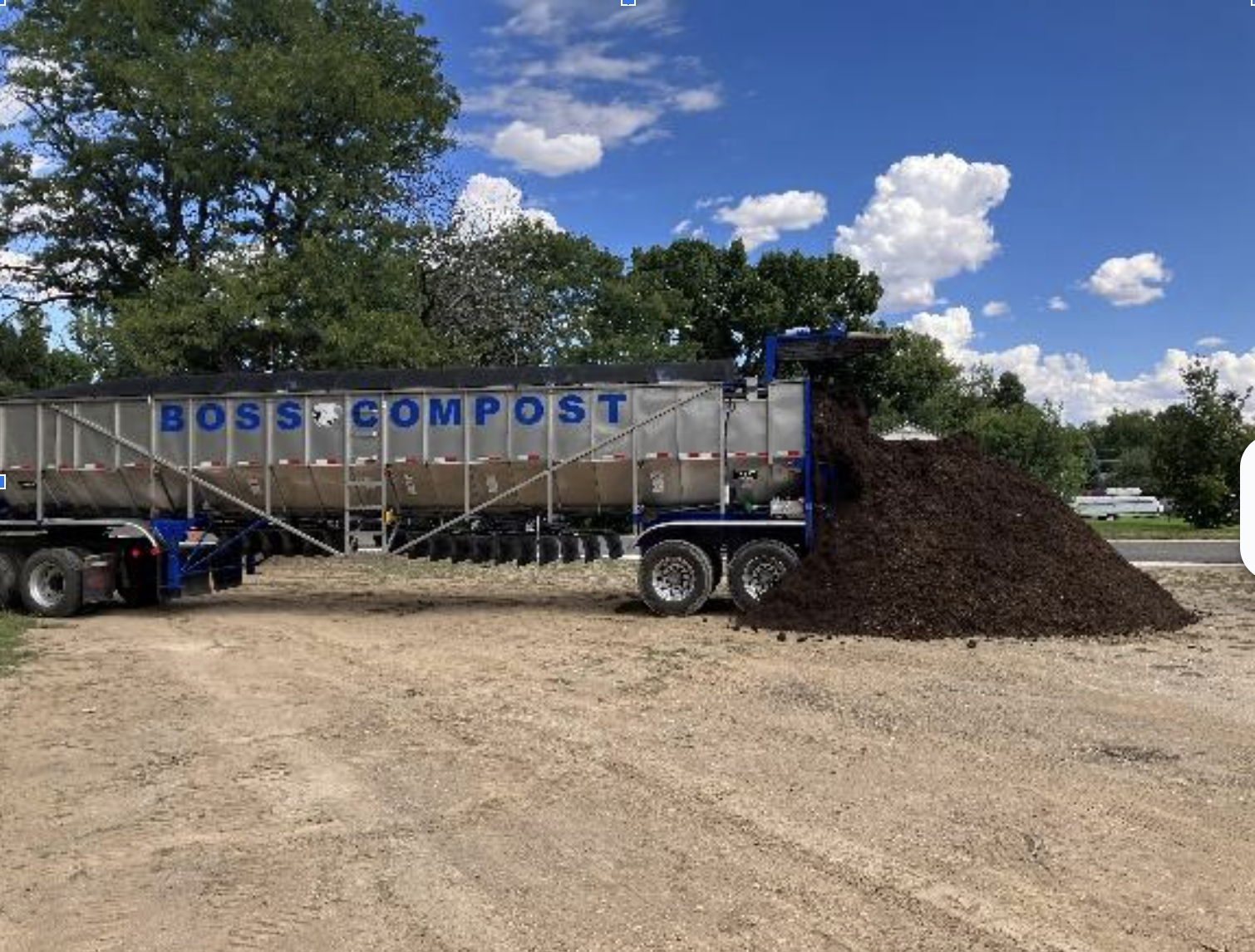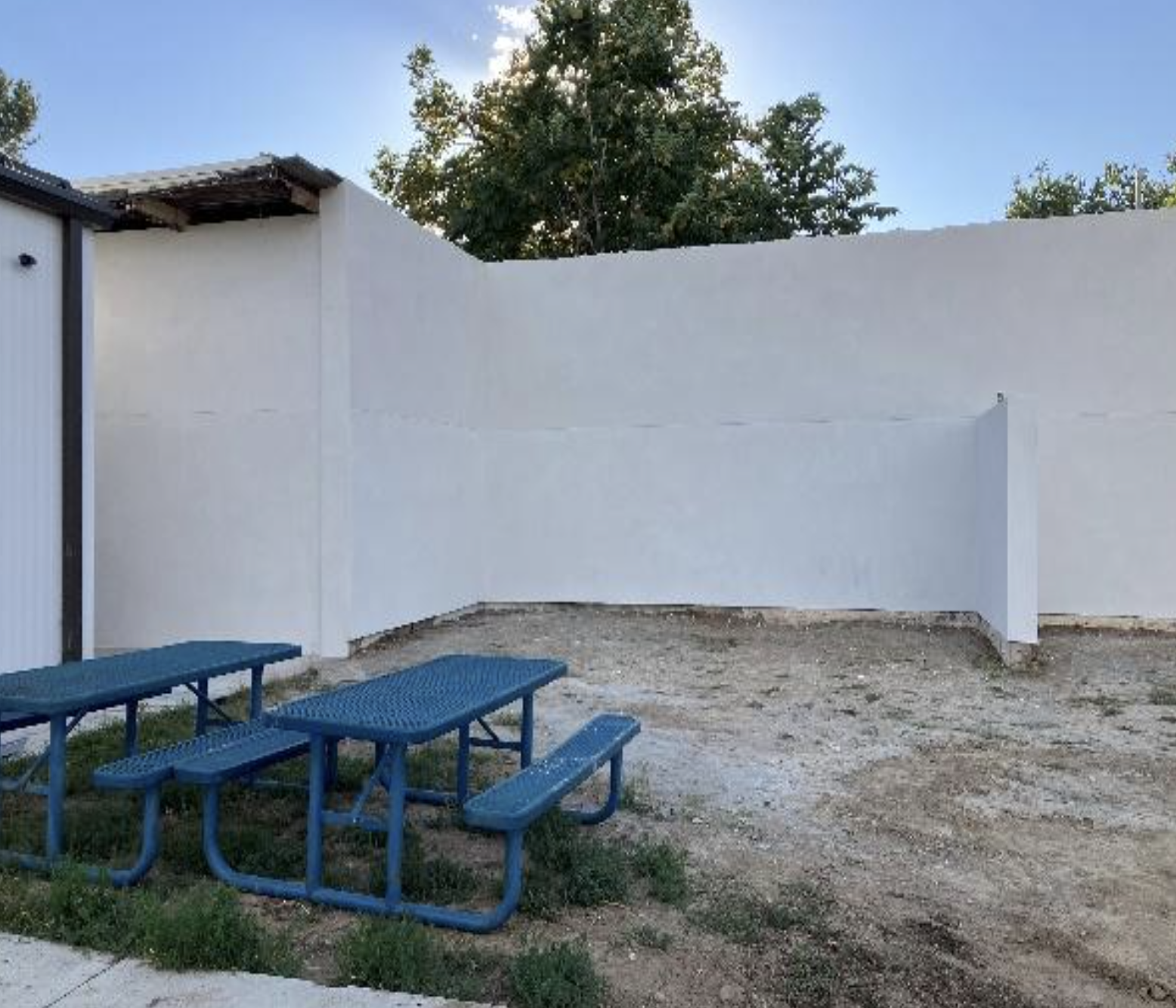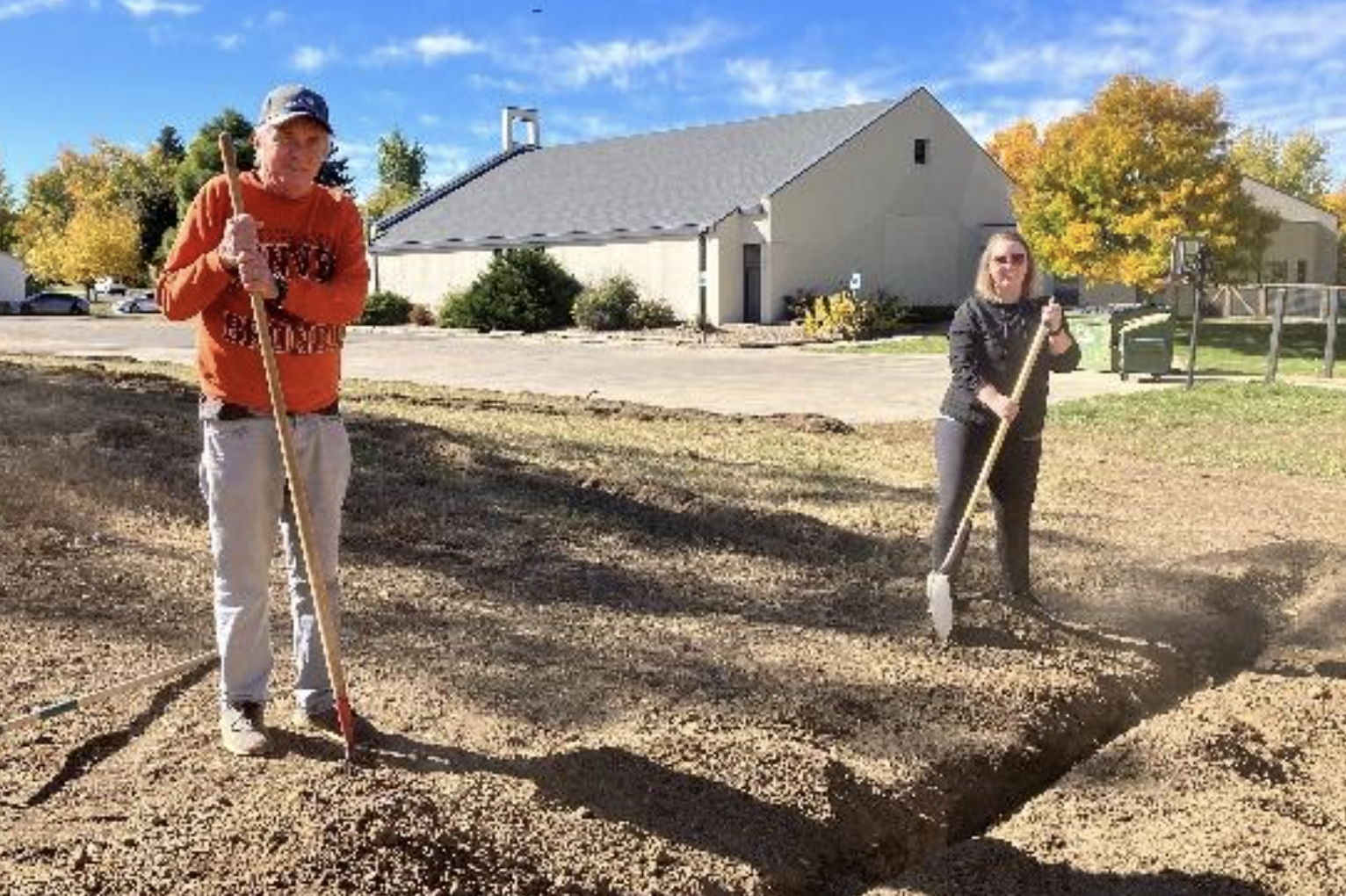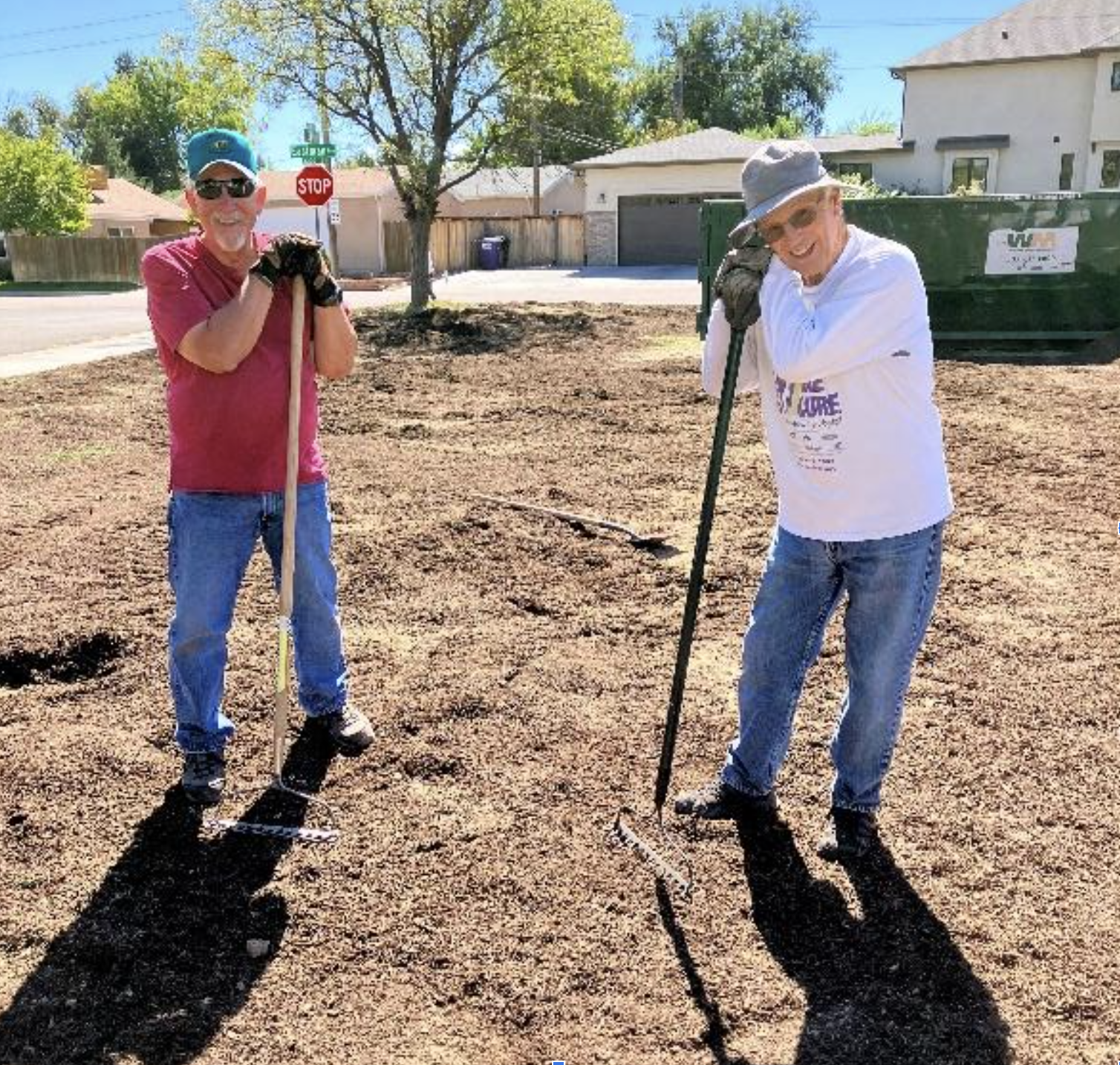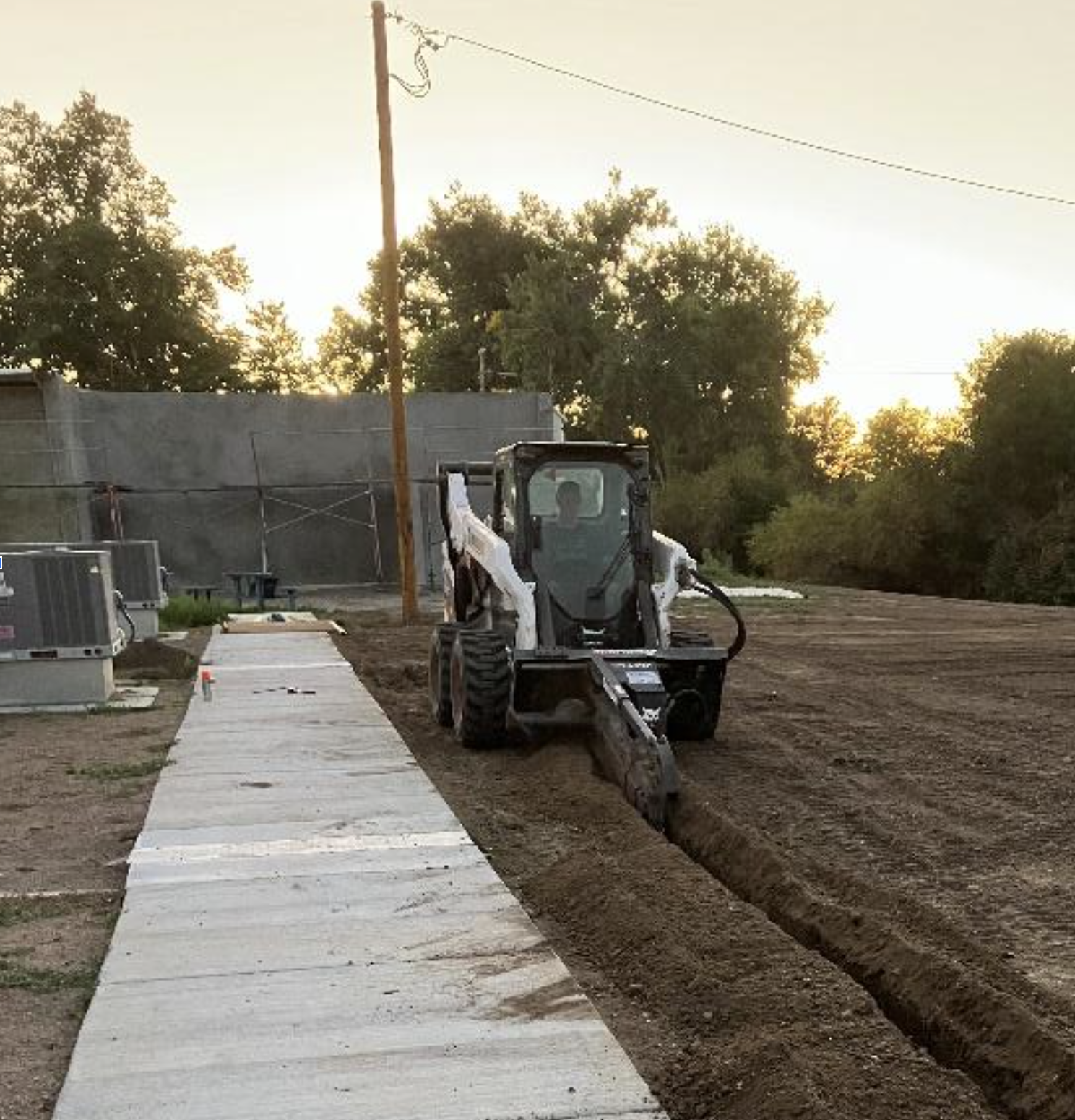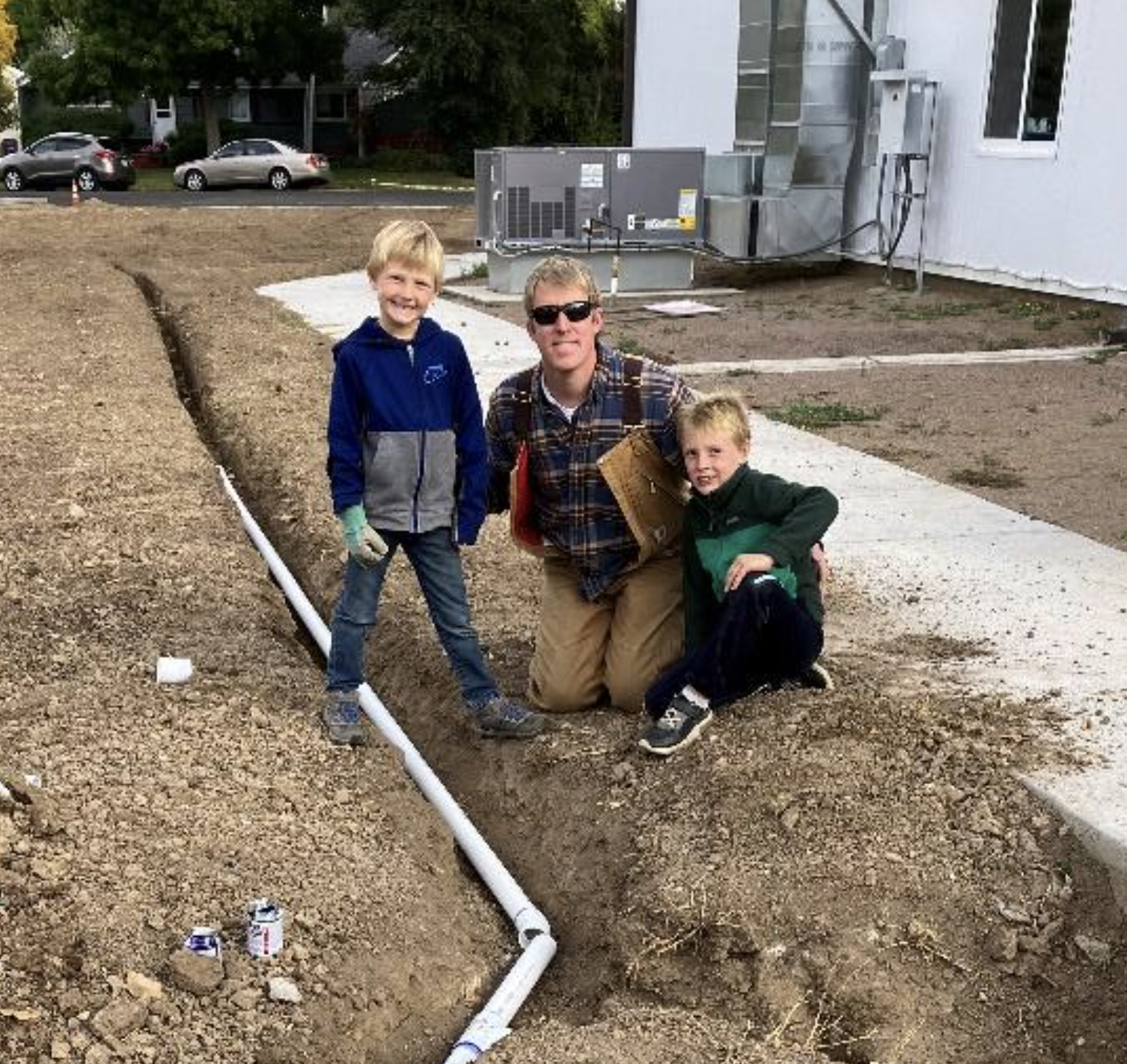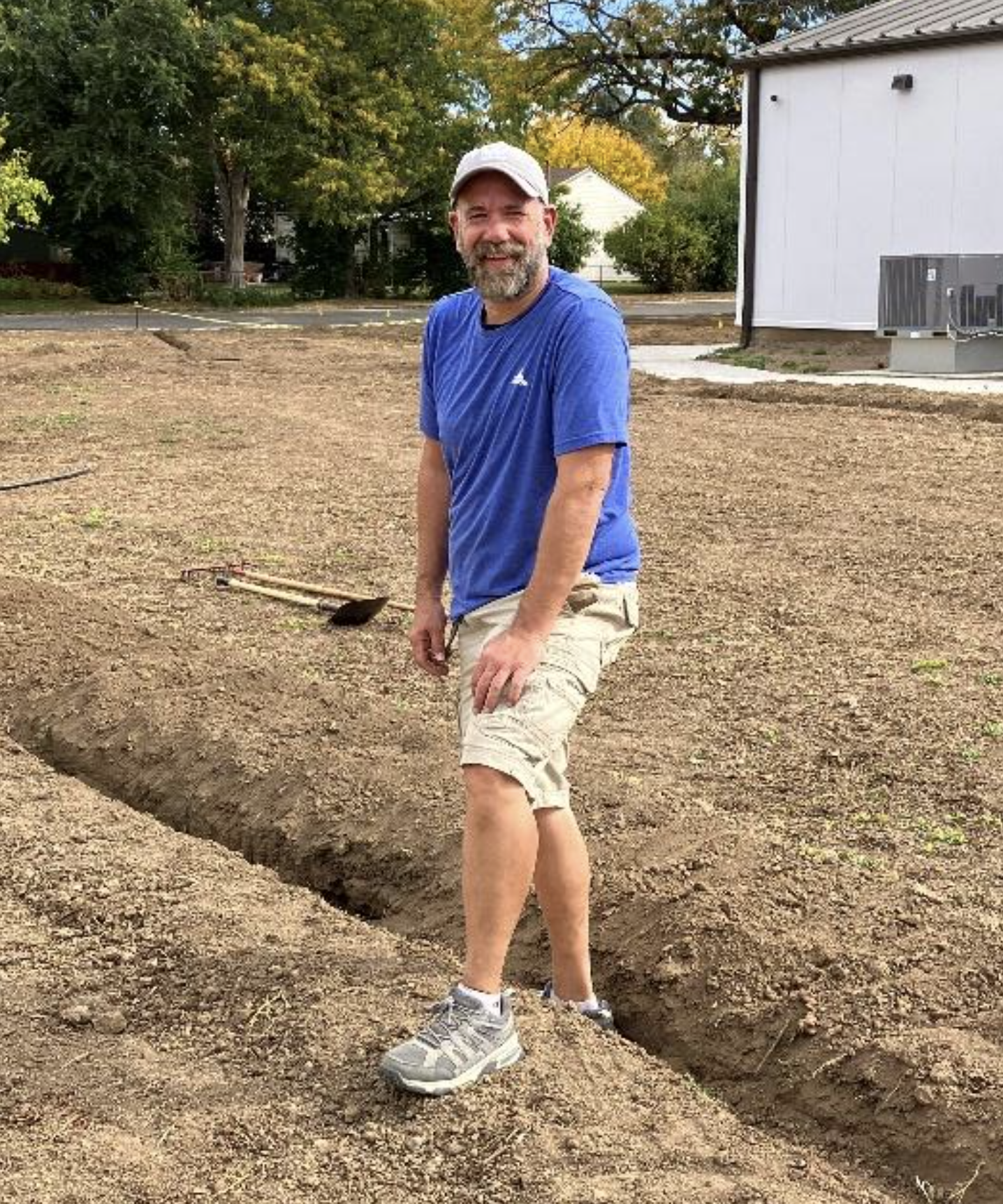Ever looked through a telescope at the night sky or at the moon? It’s amazing what can be seen through that little lens - craters on the moon, supernovas painting vivid pictures in space, beautiful galaxies of various shapes and sizes and colors, the rings of Saturn… . Ever put a quarter in those swivel mounted observation glasses at the top of a skyscraper, or lifted a good pair of binoculars to your eyes to examine a pretty bird, or put your eye to the lens of a microscope to see in vivid detail a miniscule, single-celled animal? How many satellites do you suppose are out there in space gazing back at us, mapping the world, reading weather data, or measuring some opponent’s military might?
We do a lot of gazing. We’re curious. We like to examine and understand things. In the season of Lent, we focus our gaze on important truths about salvation history. Lent turns our gaze inward. There we see again in vivid detail the sinfulness of our fallen flesh since “all have sinned and fall short of the glory of God” (Romans 3:23). Dead in our trespasses and sins (Eph 2:1), we look elsewhere for our salvation. ”Who will deliver me from this body of death,” Paul asks in Romans 7:24. And the Holy Spirit through Scripture points our gaze to the cross.
Christ came in the flesh to redeem us. He did this by taking our sin on himself (2 Cor 5:21) and receiving in himself the punishment from God for that sin in the form of his suffering and death on the cross (1 Peter 2:24).
One of our beloved hymns of Lent written by Isaac Watts in 1707 focuses our gaze on that cross:
When I survey the wondrous cross
On which the Prince of Glory died,
My richest gain I count but loss
And pour contempt on all my pride.
Forbid it Lord, that I should boast
Save in the death of Christ, my God;
All the vain things that charm me most,
I sacrifice them to His blood.
A lot of our inward gazing might be considered “navel gazing” - self-centeredness, pride. We like to look at things that charm us. But as we look at that wondrous cross and see hanging there the Son of God, the Sacrificial Lamb, suffering and dying for our sins, shielding us from the wrath of God, we see our pride and our navel gazing for what it is. And so, we say with Paul that, whatever gain we had, we count as loss for the sake of Christ Jesus our Lord (Phil. 3:7), and we boast only Christ who died on our behalf.
See, from His head, His hands, His feet
Sorrow and love flow mingled down!
Did e’er such love and sorrow meet
Or thorns compose so rich a crown?
Paul says, “God demonstrates his love for us in that while we were still sinners, Christ died for the us” (Romans 5:8). The hymn writer sees the blood that flows from Jesus’ wounds as representing that love of God for us, yes, but also sorrow - “Sorrow and love flow mingled down!” Love and sorrow? Yes.
Christ did not use his divine power to lessen the suffering he experienced on the cross. He was, fully, man. He felt keenly the prick of the thorns, the tearing of his flesh, the beating he received, the beard pulled out, the nails piercing skin and bone, the agonizing hours of torment, etc. Matthew writes that Jesus, as he brought his disciples to the Garden of Gethsemane, said, “My soul is very sorrowful, even to death; remain here, and watch with me” (Matt. 26:38). Jesus, in the Garden, is overcome with sorrow, with deep sadness at the thought of God’s wrath (hell) being poured out on him as the bearer of our sin. He sweats great drops of blood as he wrestles with what is to come. But he submits to his Father’s will, “Not my will, but Yours be done” (Luke 22:42). He will drink the cup. He will take our punishment - all of it.
The blood also represents the sorrow that God feels over our sin; our sin has broken the relationship between loving Creator and beloved creature. It was our will (in Adam) to break that relationship, and it brings God sorrow. He loves all people. His Son died for all people. While man’s sin broke the relationship, Jesus’ death paid for its restoration! Nowhere in all of history has there ever been nor will there ever be such a convergence of sorrow and love.
What can we do to thank God for this great gift of reconciliation? What could we ever offer to our God or to his Son, our Lord and Savior? Even if the moon, the stars, the beauty of the heavens were ours to give, it would not be enough to thank God for the salvation he has purchased for us through the suffering, death and resurrection of Jesus. As Isaac Watts hymns so beautifully,
Were the whole realm of nature mine,
That were a tribute far too small;
Love so amazing, so divine, Demands my soul, my life, my all!
God bless your contemplation of your great sin and of your greater Savior, as you gaze anew at the cross of Christ, as you sorrow over your sin that required such a sacrifice, and as we, together, anticipate with joy the glorious day of Christ’s resurrection from the dead.
God’s peace in Christ,
Pastor

